Guest Post - Ben Towne (H.R.)
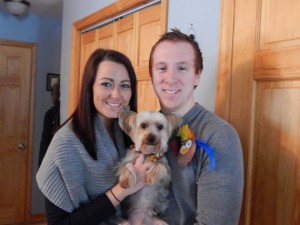 This post in our “Guest Posts” Series, features our one-of-a-kind HR Director, Ben Towne. Ben is passionate about making our Partners healthy, safe, and happy and his passion is visible in his actions and words. Ben is a bottomless wealth of laughs and good stories, he has the casual close-friend vibe of a long-time high school friend, even just hours within meeting him. Ben takes his position at Townsend very seriously and has the knowledge and real-life experience to be a great listener, a man of action, or a knowledgeable resource whenever you need him to be.
This post in our “Guest Posts” Series, features our one-of-a-kind HR Director, Ben Towne. Ben is passionate about making our Partners healthy, safe, and happy and his passion is visible in his actions and words. Ben is a bottomless wealth of laughs and good stories, he has the casual close-friend vibe of a long-time high school friend, even just hours within meeting him. Ben takes his position at Townsend very seriously and has the knowledge and real-life experience to be a great listener, a man of action, or a knowledgeable resource whenever you need him to be.

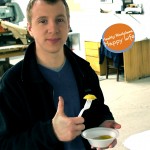
The post below explores his musings on the history of the HR Department and his new efforts to re-brand the department and make HR an even more effective and even more impressive force at Townsend. By branching out beyond the stale stereotypes and embracing the Partner Culture that Townsend has – truly focusing on the people, our Townsend Partners.
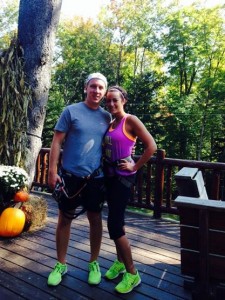
Teaser: The Partner Department
If you were able to jump into a time machine and travel back to the dawn of the 20th century to a manufacturing plant in an industrial society where you could roam free, things would look a lot different wouldn’t they? The way of life would be different. Living conditions would be almost unrecognizable. The machines, the style of dress, the architecture, even the way that people spoke would all be different. Perhaps on your travels through the plant, you would stumble into a section of the building where the offices were held. You’d see the foreman’s office and maybe the owner’s desk. You might even get a glimpse into the company’s bookkeeping office. If you kept going though, you would eventually come across a door with the sign that said “Welfare Officer” on it. No, this isn’t the “system” that you and I might associate the word “welfare” with as we do today. This department is the great-great-great-great grandmother to the present day Human Resources department.
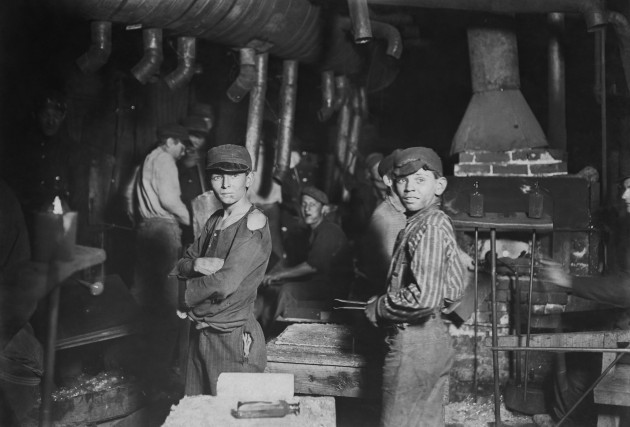
The “Welfare Officer” or the “Welfare Department” in a 20th century style manufacturing environment dealt primarily with the well-being of female and child workers employed at the factory. You must remember that at the dawn of the 20th century, the progressive movement was just beginning to hit full stride. Muckrakers and labor reformers were just beginning to expose the harsh working conditions imposed on many workers and were taking proactive steps to reform them. The Welfare Officer was responsible for making sure that women and child workers were paid what they were entitled to, properly fitted with clothes, tools, and equipment and in the event of a dispute between the worker and management, act as the facilitator for peaceful and meaningful labor negotiations.
If you jumped ahead with your time machine to the late 1930s and early 1940s, the “Welfare Department” in a manufacturing setting like this would no longer exist. It would have been replaced by the “Labor Management Department” about twenty years prior. At this point, industrial psychology and the profession of being an industrial psychologist were already born but still trying to find their place in the industrial world. The “Labor Manager”, working closely with his toolbox of industrial psychology ideas, would be more concerned now with recruiting top talent, exploring ways to motivate and retain employee and finding ways to appeal to employee emotions related to recognition and satisfaction. The Labor Manager would also field queries over bonuses, absenteeism, and tardiness, and act as a catalyst to improving employee morale. Sure, the Labor Manager would still be responsible for allocating workers to specific tasks, tracking production metrics, and forecasting staffing needs. But, manufacturing professionals during this time period are beginning to grow ever more aware of the importance of the human and emotional side of their workers and how that relates to business metrics.
By the time you pass through the 1960s and 1970s, you would view the demise of Labor Management Department, its name changed to the softer, more subtle, and quite frankly, more human, “Personnel Department”. Eventually you would land at the origin of the Human Resources Department in the early 1980s. Human Resources or “HR” for short encompasses a wide range of jobs in the field. Recruitment. Policy development. Payroll. Training. Engagement programming. Benefits administration. These are all duties of the Human Resources department today.
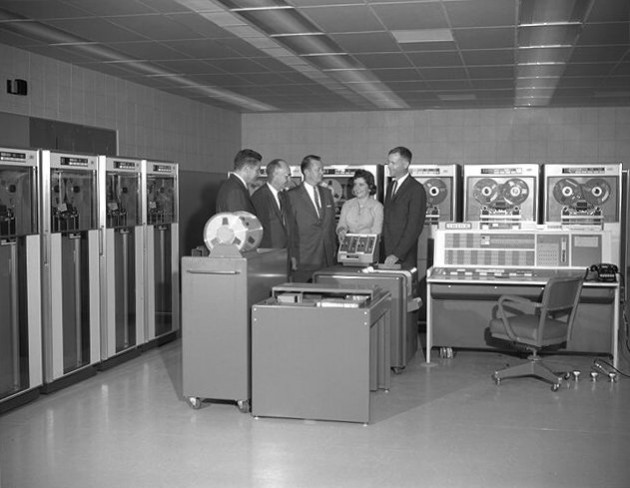
The name, though, simply does not make sense. It’s a misnomer if you will. Think, to yourself for a moment, about the name “Human Resources.” What image does that name invoke? What do you see when you close your eyes and say to yourself those two words? When I close my eyes and think of the title that hangs outside my door, I view myself looking at an industrial building with billowing smokestacks from high above watching thousands of similarly dressed workers carrying briefcases and wearing fedoras goose step into the building. On one side, they go in with a smile on their face. On the other side, they come out disheveled and frowning – used up from the work that was performed.
Break down the name to its most important part – Human. You and I. Your mother and father. Your son. Your daughter. People. People that are alive and breathing. They laugh. They cry. They hurt. They feel joy. They feel motivated. They seek comfort. They seek challenge. They shy away from conflict. They push the envelope. Everything that is inherently unique about being human is shared by more than 6 billion people across the globe. Human beings, in a business sense then, are not disposable nor should they be considered as such. They are not comparable to oil, natural gas, timber, aluminum, iron ore, or steel. When I close my eyes to think about the name, “Human Resources”, it becomes ever apparent that not all employees are not exactly the same. Every employee is different and has very different needs, motivations, and desires.
I believe that the essence behind the brand of Human Resources is going away. I believe other companies are too. In the early 1990s, Southwest Airlines renamed their Human Resources Department, the “People Department.” After all, that is what employees in any company across the nation are, aren’t they? They’re people. They have personal lives, personal struggles, they are motivated, they crave knowledge and challenges, they want to be rewarded, they want their needs satisfied, and they want to be happy. But most of all, they do not want to be viewed as a number or disposable “thing” that a company uses to make money with. They want to be the company in every shape or form. Southwest Airlines recognized this. By rebranding their Human Resources department, the instilled within their company an ethos that they would follow in the coming years after – the success of the airline is made from people. Their senior managers became more available to the entry level employee to show them how they do things at Southwest. They invented a cross training program so that any person in any position could do any job that may be asked of them. The revamped their employee compensation and benefits program and made a commitment to be as flexible with schedules for their people as possible so they could make family commitments, take care of personal errands or emergencies, and care for loved ones when needed. The whole premise that Southwest Airlines was built on was the idea of connecting people. Well, you can’t connect people with a low cost airline without investing in your own first.

Southwest was a true inspiration and reading it has not only inspired me but probably many HR Leaders throughout the world. It’s for this reason that I’ve asked our top of the line Marketing team to help me rebrand Human Resources at Townsend Leather. At Townsend, we don’t embrace the term “employee”. We refer to our employees as “Partners” – partners in the success of our business. They are Townsend Leather. Taking a page from Southwest Airlines’ playbook, I’ve asked the marketing team to help me rebuild the image of the Human Resources office into the image of The Partner Department. Like any smart company would do, the leaders at Townsend Leather try to do as right by their fellow team members as best they possibly can with the resources that they have available to them. We’ve built a recognition program. We’ve thrown down challenge after challenge and sought new opportunities for training and advancement for our partners. But we’re at a crossroads now. Human Resources – the image of Human Resources – is outdated. It’s stale. It’s old school. It’s boring. And frankly, it’s misleading. The partners at Townsend Leather are people, first and foremost. And it will be the job of The Partner Department to assist all partners and their leaders in any way possible with the very human side of business.
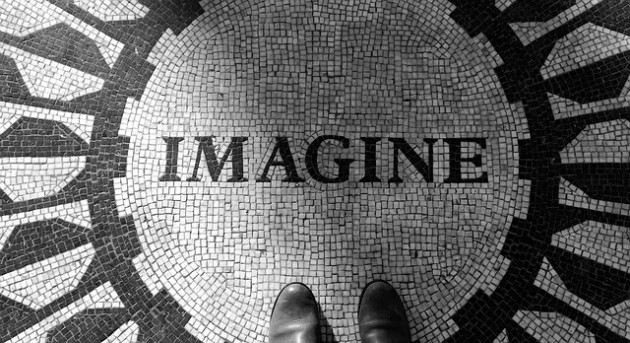
Let’s start calling it what it is – The Partner Department. The goal has always been, at its core, to help, motivate, engage, and recognize all partners that work for this great company. The goal always will be the same too. However, partners can expect more opportunities for engagement, programming, interaction, access to the department members, and the same calm and focused manner to find solutions to issues both professional and personal. That’s what we are here to do. That’s what will continue to do.
I recently read a fantastic article in The Albany Business Review titled “Turnover Stops with Her” by Michael DeMasi. The entire piece centers on a Success Coach named Erin Sandmann that is working with local businesses in the Capital Region to be a resource for their employees to assist them with whatever obstacles they come up against. The shear presence of Sandmann to hear employee concerns and offer solutions has driven productivity in many of these businesses up, turnover rates down, and feelings of goodwill to new levels.
Sandmann, like the Partner Department will do, is appealing to the people side of the company. Sandmann knows that no employee wants to be looked at like a number or some disposable piece of equipment. Instead, she acknowledges that employees are human beings first and that they have very real professional and personal needs. Imagine if every company looked at their employees this way and sought out solutions to help them. Imagine if every company built a Partner Department and was supported by fantastic people minded leaders like Townsend Leather is. Imagine the amazing effects that could come about from being involved with people on a human and emotional level.
Imagine.
